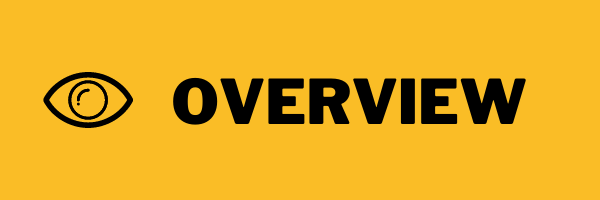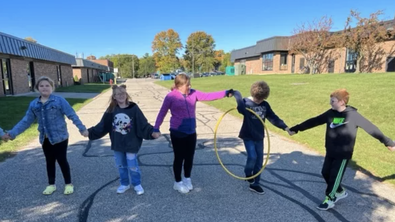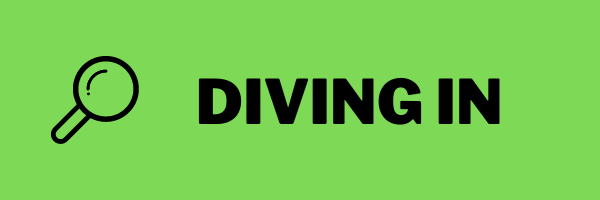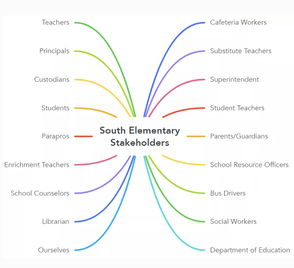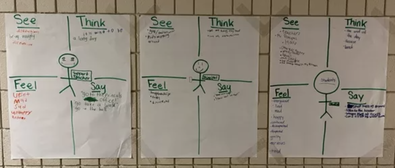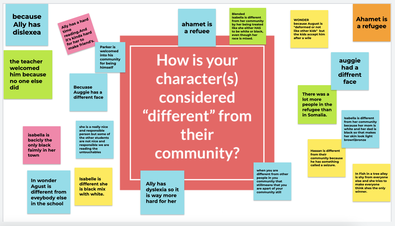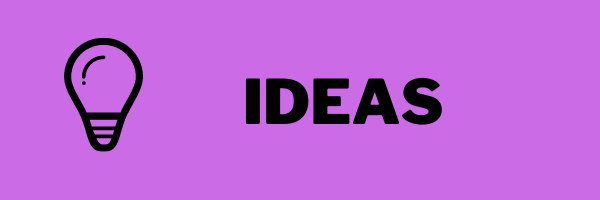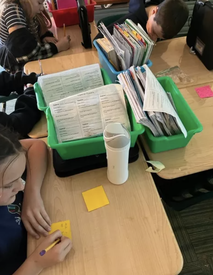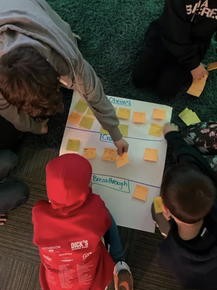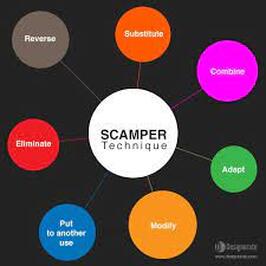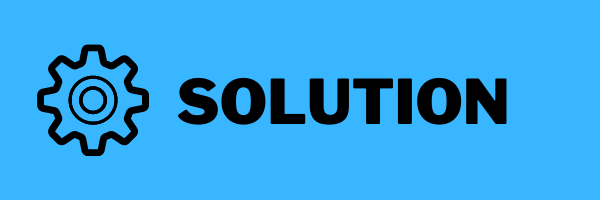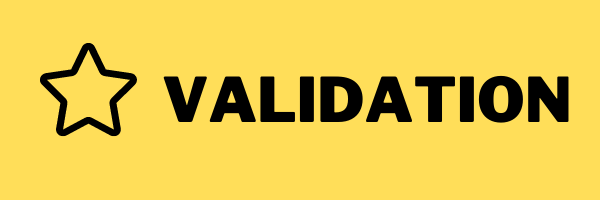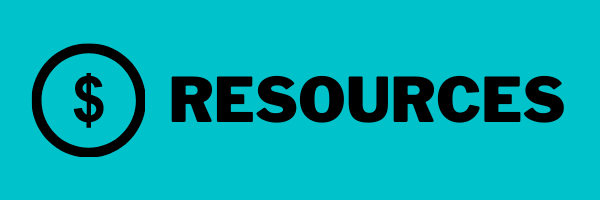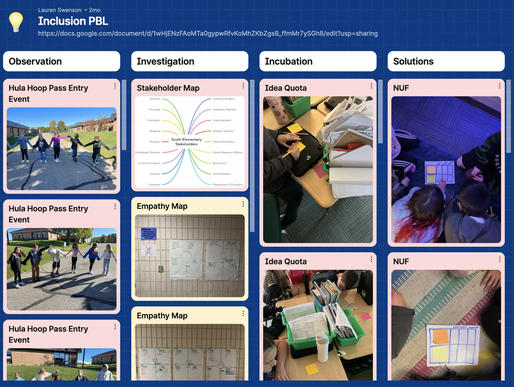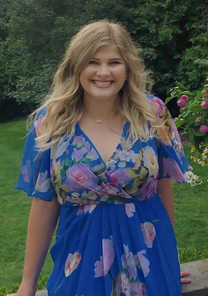Creating an Inclusive School Environment
By: Lauren Swenson
By: Lauren Swenson
Project at a Glance :
This project is designed to cultivate classroom/school culture at the beginning of the school year and establish norms for the learning environment for all students. It was created with upper-elementary in mind, but could be modified to accommodate lower-elementary students or secondary students. Each “day” is a 30 minute segment.
Driving Question:
How can our class create an inclusive and welcoming environment for our school?
|
Standards:
|
Stakeholders:
Inquiry / Need to Knows:
|
Incubation:
Checking in:
|
|
Solution Building:
|
Authentic Audience:
|
Click here for teacher's full plan.
Reflection and Feedback:
|
Click here for the teacher's Journey through PBL on Padlet . . .
|
Meet the Educator:
Lauren teaches 5th Grade Teacher at South Elementary in Coopersville, MI. "I love how PBL embraces more than just the Common Core Standards. It reaches out beyond the classroom into real-world, employable problem solving skills that students are often missing. PBL allows students to embrace their creativity and know that their voice matters to our society." |
